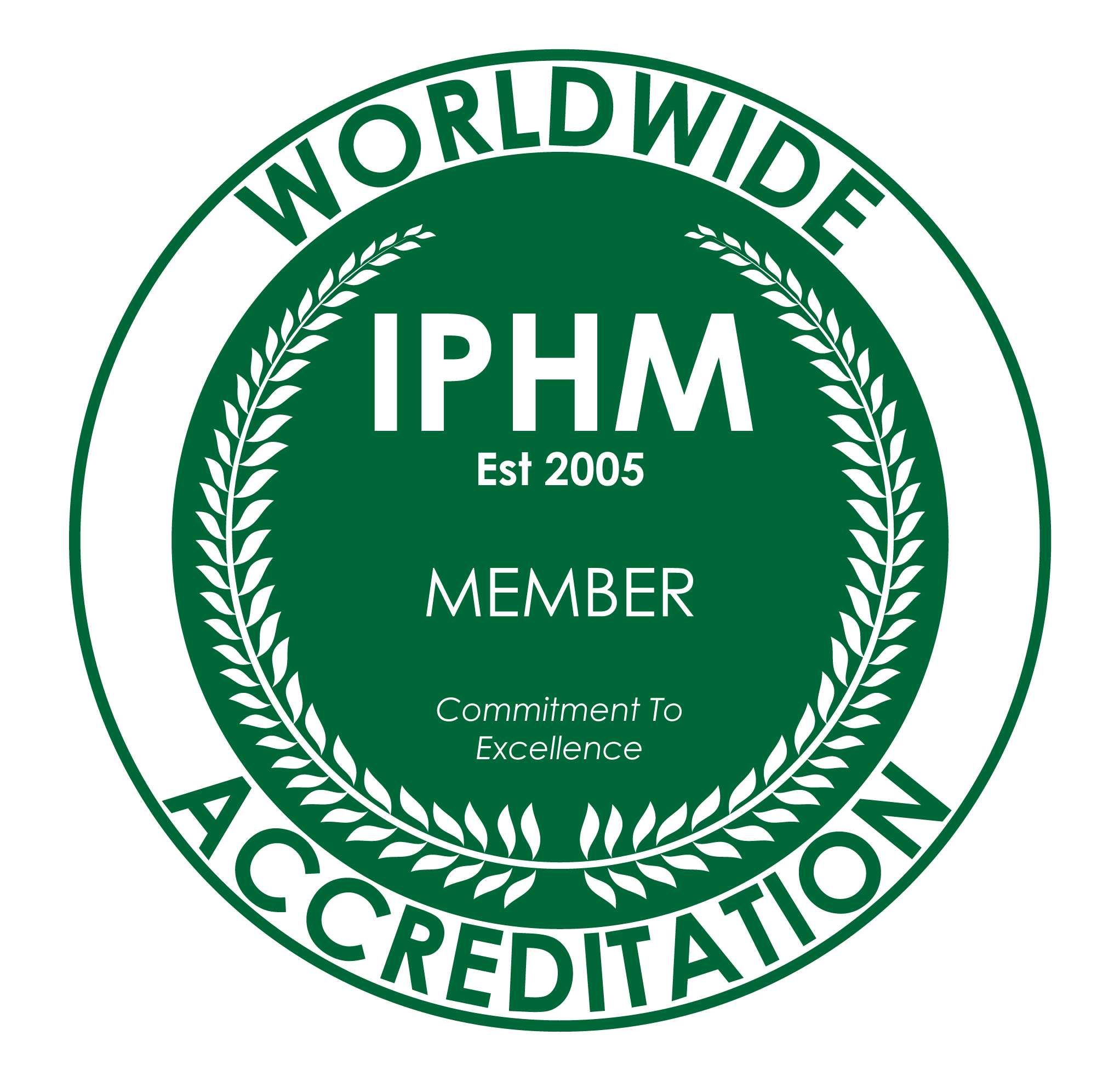Have you ever noticed how your body tries to communicate with you? Perhaps through tension in your shoulders, a heaviness in your chest, or a fluttering in your stomach? In our fast-paced world, we’ve often become disconnected from these subtle messages—treating our bodies more like vehicles to carry our busy minds than the wise, responsive beings they truly are.
As a holistic practitioner specializing in somatic approaches in Ireland, I’ve witnessed remarkable transformations when people begin to reconnect with their body’s innate wisdom. This reconnection—what we call somatic awareness practice—offers a profound pathway to wholeness that honors the body as a source of intelligence, not just a problem to be fixed.
Whether you’re experiencing persistent stress, feeling disconnected from yourself, or simply curious about deepening your self-awareness, somatic practices offer accessible, powerful tools for cultivating present-moment embodiment and resilient wellbeing.
In this guide, I’ll share seven transformative somatic awareness practices that can help you develop a more nurturing relationship with your body, regulate your nervous system naturally, and access the wisdom that already lives within you.
Understanding Somatic Awareness Practice from a Holistic Perspective
Before diving into specific practices, let’s explore what somatic awareness actually means from a holistic perspective.
“Somatic” comes from the Greek word “soma,” meaning “the living body.” Somatic awareness, then, is the practice of consciously attending to sensations, movements, and energies within your body. It’s about experiencing yourself from the inside out rather than just thinking about yourself conceptually.
Unlike approaches that view the body primarily as a biological machine, somatic awareness honors the body as:
- A container of our life experiences and stories
- A source of intuitive wisdom and knowing
- An intelligent system constantly seeking balance
- The ground of our emotional experience
- A pathway to presence and connection
Historical and Cultural Roots
Somatic awareness isn’t new—indigenous cultures worldwide have long practiced embodied ways of knowing and healing. From Chinese medicine’s understanding of qi (life energy), to Native American movement practices, to African dance traditions, cultures throughout history have honored the wisdom of the body.
In Western contexts, modern somatic approaches began emerging in the early 20th century through pioneers like F.M. Alexander, Moshe Feldenkrais, and later through the work of practitioners like Peter Levine, Pat Ogden, and others who recognized how our physical beings hold and can transform our experiences.
A Whole-Person Approach
What makes somatic awareness truly holistic is that it doesn’t separate physical sensations from emotional experiences or spiritual dimensions. When we practice somatic awareness, we’re acknowledging the interconnectedness of all aspects of our being—physical, emotional, mental, and spiritual—and working with this wholeness rather than fragmenting ourselves into parts.
How Our Bodies Hold Our Stories
One of the fundamental insights of somatic work is understanding that our bodies don’t just carry us through life—they actually hold our life experiences.
The Body as Storyteller
Your body contains the narrative of your life—from your earliest experiences to your most recent encounters. These stories aren’t stored as words or thoughts, but as sensations, tensions, postures, and movement patterns. For example:
- The shoulders that hunch slightly, perhaps holding a history of needing to protect yourself
- The openness or constriction in your breathing, reflecting how safe you feel to fully take in life
- The ways you instinctively move toward or away from connection, shaped by your history of relationships
Sensations as Messengers, Not Problems
In somatic awareness practice, we learn to recognize that uncomfortable sensations aren’t necessarily problems to eliminate—they’re often messengers trying to bring our attention to something important.
That knot in your stomach might be signaling a boundary that needs setting. The heaviness in your chest may be unexpressed grief seeking acknowledgment. The tension in your jaw could be words that need to be spoken.
By approaching these sensations with curiosity rather than judgment, we open to their wisdom rather than just trying to make them go away.
The Language of Sensation
Part of somatic awareness is developing a richer vocabulary for internal experience. Beyond simply “good” or “bad,” sensations might be:
- Buzzing, pulsing, flowing, constricting
- Warm, cool, hot, or cold
- Heavy or light
- Sharp or dull
- Moving or static
- Expanding or contracting
This nuanced attention helps us become more fluent in our body’s unique language.
The Body-Mind Connection in Holistic Wellbeing
Western culture has long perpetuated the idea of a split between mind and body—treating them as separate entities that somehow coexist. This dualistic thinking has led many of us to live primarily from the neck up, treating our bodies as somewhat secondary to our thoughts and ideas.
Somatic awareness practice challenges this artificial division, recognizing that:
We Think With Our Whole Bodies
Recent neuroscience confirms what somatic practitioners have long known: thinking isn’t confined to the brain. We have neural networks throughout our bodies, including a complex nervous system in our digestive tract (sometimes called our “second brain”) and around our heart. These systems are constantly communicating and influencing our perceptions, decisions, and responses.
Emotions Are Embodied Experiences
Emotions aren’t just abstract mental states—they’re deeply physical experiences. Anxiety might manifest as a racing heart and shallow breathing. Joy often brings a sense of lightness and expansiveness. Grief might create heaviness in the chest or a sensation of emptiness.
By tuning into these physical dimensions of our emotional life, we gain valuable information and pathways for processing and integrating our experiences.
Embodied Wisdom Offers Different Knowing
The body offers a way of knowing that’s different from, yet complementary to, our analytical mind. While the thinking mind excels at planning, analyzing, and conceptualizing, the body’s wisdom is immediate, intuitive, and holistic.
When we learn to access this embodied wisdom, we expand our intelligence beyond what thinking alone can provide. We develop what some traditions call “heart-mind” or “embodied cognition”—a more integrated form of intelligence.
7 Key Principles of Somatic Awareness Practice
Now that we understand the foundations of somatic work, let’s explore seven core principles that make these practices so powerful. Each principle is accompanied by a simple invitation to experience it directly.
1. Present-Moment Awareness
At the heart of all somatic practice is the cultivation of presence—the ability to be aware of what’s happening right now in your lived experience.
Unlike the mind, which can easily time-travel to past regrets or future worries, the body exists only in the present moment. Connecting with bodily sensations naturally brings us into now.
Experience It: Close your eyes for a moment and notice three sensations present in your body right now. Perhaps the pressure of your seat beneath you, the movement of your breath, or the temperature of air on your skin. Simply notice without trying to change anything.
2. Non-Judgment and Curiosity
Somatic awareness invites us to approach our bodily experiences with an attitude of friendly curiosity rather than criticism or fixing. This allows sensations to reveal their messages rather than being suppressed or ignored.
Experience It: If you notice an area of tension or discomfort in your body right now, can you approach it with curiosity? Rather than immediately trying to release or fix it, simply get interested: “What are the qualities of this sensation? Is it moving or still? Does it have a temperature, color, or texture?”
3. Slowing Down and Tracking
Many of us move through life at such a pace that we miss the subtle signals our bodies send. Somatic practice involves intentionally slowing down to notice the nuances of our experience and how it changes moment to moment.
Experience It: Take three breaths, deliberately slowing each one down. Notice how your inhale feels different from your exhale. Can you track the brief pause at the transition between them? What happens in your body when you slow down like this?
4. Titration and Pendulation
These terms from Somatic Experiencing describe the practice of moving between activation and resource, between challenge and support. Rather than diving into overwhelming sensations, we touch them briefly and then return to a sense of safety and capacity.
Experience It: Bring to mind a mild challenge in your life. Notice any activation this creates in your body. Now shift your awareness to something that helps you feel supported and resourced. Notice those sensations. Gently move back and forth between these awareness a few times.
5. Boundaries and Containment
Our bodies inherently understand boundaries—they literally define where we begin and end. Somatic awareness helps us recognize our physical and energetic boundaries, strengthening our sense of self and increasing our capacity to connect safely with others.
Experience It: Sitting or standing, imagine you can sense the boundary of your skin all around you. Notice where this boundary feels clear and where it might feel more permeable. No need to change anything—just bringing awareness to your physical container.
6. Resourcing and Regulation
Our nervous systems naturally seek balance, alternating between activation (mobilization for action) and rest (recovery and repair). Somatic practices help us recognize when we’re dysregulated and offer pathways back to balance.
Experience It: Place one hand on your heart and one on your belly. Take a few breaths, feeling the warmth and gentle weight of your hands. Notice if this simple self-contact brings any shift in your nervous system state.
7. Integration Through Movement
Movement is one of the body’s primary ways of processing experience and finding new possibilities. Even subtle movements can help integrate insights and create lasting change in our nervous systems.
Experience It: Sitting or standing, allow a gentle movement to emerge from your body—perhaps a stretch, a twist, or simply rolling your shoulders. Don’t plan the movement; let it arise organically as an expression of what your body needs right now.
Simple Practices to Experience Somatic Awareness
Building on these principles, here are seven accessible somatic awareness practices you can incorporate into your daily life. Each takes just a few minutes but can profoundly shift your relationship with your body and yourself.
1. The Three-Minute Body Scan
This practice helps you quickly reconnect with your body, especially during busy days.
How to Practice:
- Sit or stand comfortably, closing your eyes if that feels right
- Starting at the top of your head, bring attention to each part of your body, moving downward
- For each area, simply notice sensations without trying to change them
- Include your face, neck, shoulders, arms, torso, pelvis, legs, and feet
- End by feeling your whole body as a unified presence
Try this practice before important meetings, upon waking, or whenever you feel disconnected from yourself.
2. Orienting to Safety
Our nervous systems are constantly scanning for threat or safety. This practice helps reset your system by actively noticing sources of support and security in your environment.
How to Practice:
- Wherever you are, pause and look around the space
- Notice five things you can see that signal safety or support
- Notice three sounds that feel neutral or pleasant
- Feel the support beneath you—chair, floor, ground
- Acknowledge: “In this moment, I am safe enough to be present”
This practice is particularly helpful during times of stress, transition, or when feeling overwhelmed.
3. Breath and Movement Integration
This simple practice helps release tension patterns and restore natural breathing.
How to Practice:
- Stand or sit with your spine comfortably aligned
- As you inhale, allow a gentle movement to emerge—perhaps lifting your arms, expanding your chest, or lengthening your spine
- As you exhale, allow a release movement—perhaps lowering your arms, softening your shoulders, or gently folding forward
- Continue for 1-2 minutes, letting the movement be organic rather than choreographed
- End with a few breaths while standing or sitting still, noticing the effects
Practice this whenever you feel stuck in your body or your thinking, or when transitioning between activities.
4. Grounding Through the Feet
This practice helps establish a felt sense of connection to the earth, which can be profoundly regulating for the nervous system.
How to Practice:
- Stand with your feet about hip-width apart
- Feel all four corners of each foot making contact with the floor
- Gently rock forward and back, then side to side, finding your center
- Imagine roots growing from the soles of your feet deep into the earth
- Feel the support coming up through these roots into your body
- Take three breaths with this awareness
Practice this before challenging conversations, when feeling anxious, or anytime you need to feel more stable and supported.
5. The Embodied Yes and No
This practice helps reconnect with your body’s natural wisdom around boundaries and choices.
How to Practice:
- Stand comfortably with feet hip-width apart
- Think of something you definitely want to say “yes” to in your








